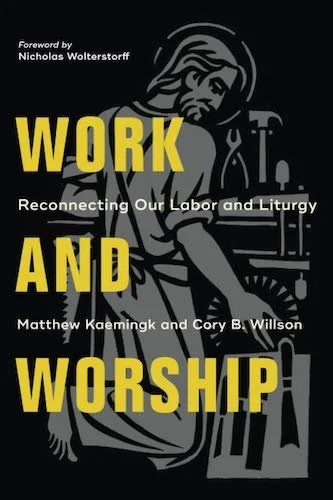Work and Worship
Back in the early 2010s – having temporarily stepped away from the non-profit world to ply my wares in the (gasp!) for-profit marketplace – I read a pile of books coming out of the so-called “faith and work” movement. For those unfamiliar, the movement was (and is) trying to bridge the unhelpful gap that so often exists between Sunday morning worship and Monday morning work. In other words, God doesn’t only care about our gathered worship, our personal prayer time, or our charitable giving. He also cares deeply about our Monday to Friday lives, what the Book of Common Prayer calls “the work you have given us to do.”
I appreciated many of those books and learned a lot from them. But I also had frustrations. Like, why did so many of these books seem to be written primarily for pastors, rather than workers? (Trickle-down theories of change tend to be problematic for me.) Besides that, how many of these conversations were actually relevant to people who operate forklifts or work in toll booths or bus tables for a living?
Thankfully, much has been done over the last ten years to both broaden and deepen the conversation. One book that is poised to take the movement in fruitful new directions is Work and Worship: Reconnecting Our Labor and Liturgy (Baker Academic) by Matthew Kaemingk and Cory B. Willson. One of the things I appreciate in the early pages of this book is the authors’ emphasis on embodiment and ritual. As James K.A. Smith has taught us, no human being is merely a brain on a stick. Ideas alone – even good, true, Christian ideas – don’t change our lives. We are what we love.
Kaemingk and Willson share that conviction. Echoing Smith, they write, “gathered worship equips workers for their scattered worship in the world.” But then they extend, or flip, that idea: “if sanctuary worship is going to be formative for workers, their working lives will need to be brought into it.”
I could say much, much more about this book. There’s a lot to commend here.
